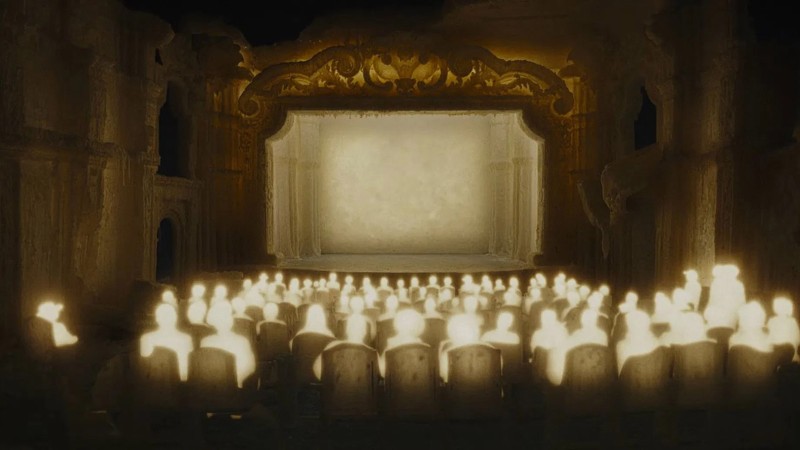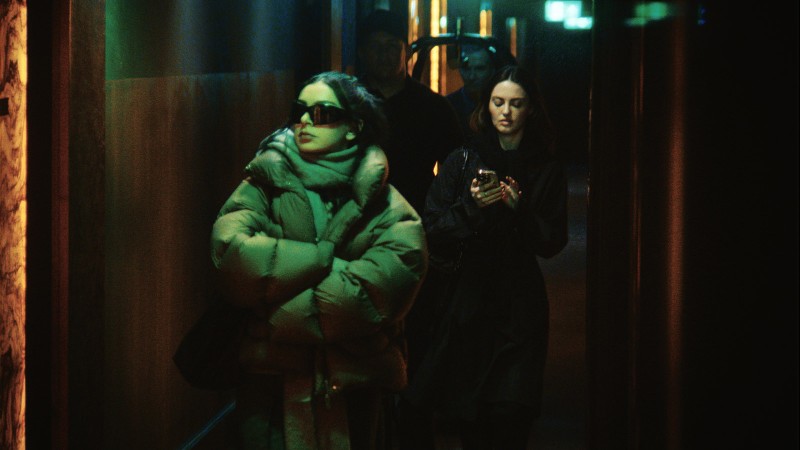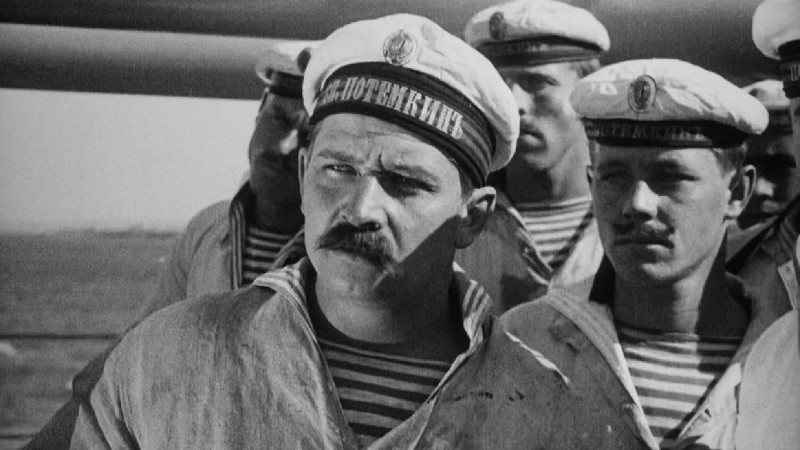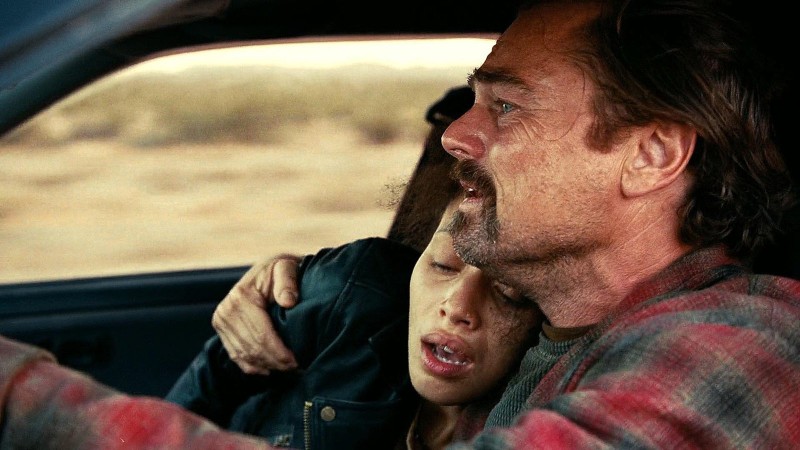Five Image-Makers

Fifteen years ago, Marya E. Gates introduced a hashtag that stuck: #Noirvember. At two Boston-area theaters, the Brattle and the Coolidge Corner, this is “a month for floozies, flophouses, and hard-drinking private dicks played for patsies,” writes Sean Burns for WBUR. From today through Wednesday, Gates will be at the Brattle to introduce screenings of some of her favorite noirs released by Columbia Pictures as part of the theater’s ongoing hundredth birthday tribute to the studio.
- Michelangelo Antonioni’s Il grido (1957), the winner of the Golden Leopard in Locarno, stars Steve Cochran as a factory worker who wanders Italy’s Po Valley with his young daughter, Rosina (Mirna Girardi), and hooks up with a series of women, including a widow, Virginia (Dorian Gray), who runs a gas station in the middle of nowhere. “While Il grido can seem as aimless as Aldo is,” writes J. Hoberman in the New York Times, “the movie is full of incident and rich with subtext. The image of Aldo and Rosina on the road inevitably evokes two Italian classics, Vittorio De Sica’s Bicycle Thieves and Federico Fellini’s La strada. But, despite intermittent references to class struggle, Il grido is not a leftist social tract. Nor is it a Catholic fable. Bleak yet droll, the scene in which Aldo and Virginia attempt to make love in a roadside ditch might have been conceived by Samuel Beckett.” A new restoration opens today at Film Forum in New York.
- In the new November, Zora Simpson Casebere talks with Garrett Bradley about her Oscar-nominated film Time (2020), her Netflix miniseries Naomi Osaka (2021), the LA Rebellion, and her decision back in the 2000s, when she was studying at Smith College, to switch majors from art history to religion. “By then,” says Bradley, “I understood filmmaking as an alchemy in which different, sometimes oppositional, elements come together to make something new. Like any paradox, filmmaking got me closer to what felt real and true. Religious storytelling in art and ritual felt like an extension of the possibility I found in filmmaking . . . Really, my roots are in image-making, in a context not only of faith but of organizing and understanding the world. Images are belief systems; they reflect and create worlds. I take that responsibility very seriously.”
- The six films Ida Lupino directed between 1949 and 1953 are “a singular achievement in American cinema,” wrote Martin Scorsese in the New York Times in 1995. Starring Ida Lupino, a new program on the Criterion Channel, “highlights the story of this provocative star, who overcame studio typecasting to give some of the most psychologically intense female performances of Hollywood’s golden age,” writes Pamela Hutchinson in the Guardian. “Continually drawn to edgier material, Lupino often joked that she was ‘the poor man’s Bette Davis,’ picking up roles the more famous star passed on. But that self-deprecation hid the extent of her creative ambition.”
- The Ongoing Revolution of Portuguese Cinema, the MoMA series running through November 19, “reveals a communal project, the work of closely affiliated collaborators and apprenticeships, even as it covers an extensive range of styles,” writes Leo Goldsmith at 4Columns. For the Film Stage, Nick Newman talks with a key figure of Portuguese and international cinema, producer Paulo Branco. “I don’t think I’m an author,” says Branco. “But I know, in each of the films I produce, there is something of me. In any of them. That is something that makes me proud. And the trust of people—like [Manoel de] Oliveira, [Raúl] Ruiz, Chantal Akerman, [João César] Monteiro through my life—this trust that I have from them is the best thing ever in my life.”
- “In 1999, American cinema was full of tales about alienated men with white-collar jobs,” writes Steve Erickson for Screen Slate, and Breakfast of Champions, Alan Rudolph’s adaptation of Kurt Vonnegut’s novel starring Bruce Willis, “vies with Being John Malkovich as that year’s strangest.” Vikram Murthi has a good long talk with Rudolph at Filmmaker, and the conversation naturally keeps veering back to Robert Altman. “He had X-ray blue eyes that would look right through you,” says Rudolph, who recalls his reluctance to take on his first job with Altman, second assistant director on The Long Goodbye (1973): “He said, ‘My movie opens today. Go see it at the Grauman’s Chinese Theatre. Come back Monday and we’ll talk.’ It was McCabe and Mrs. Miller. I saw it six times that weekend. Got there early on Monday and said, ‘Anything you want, I’ll do.’”



